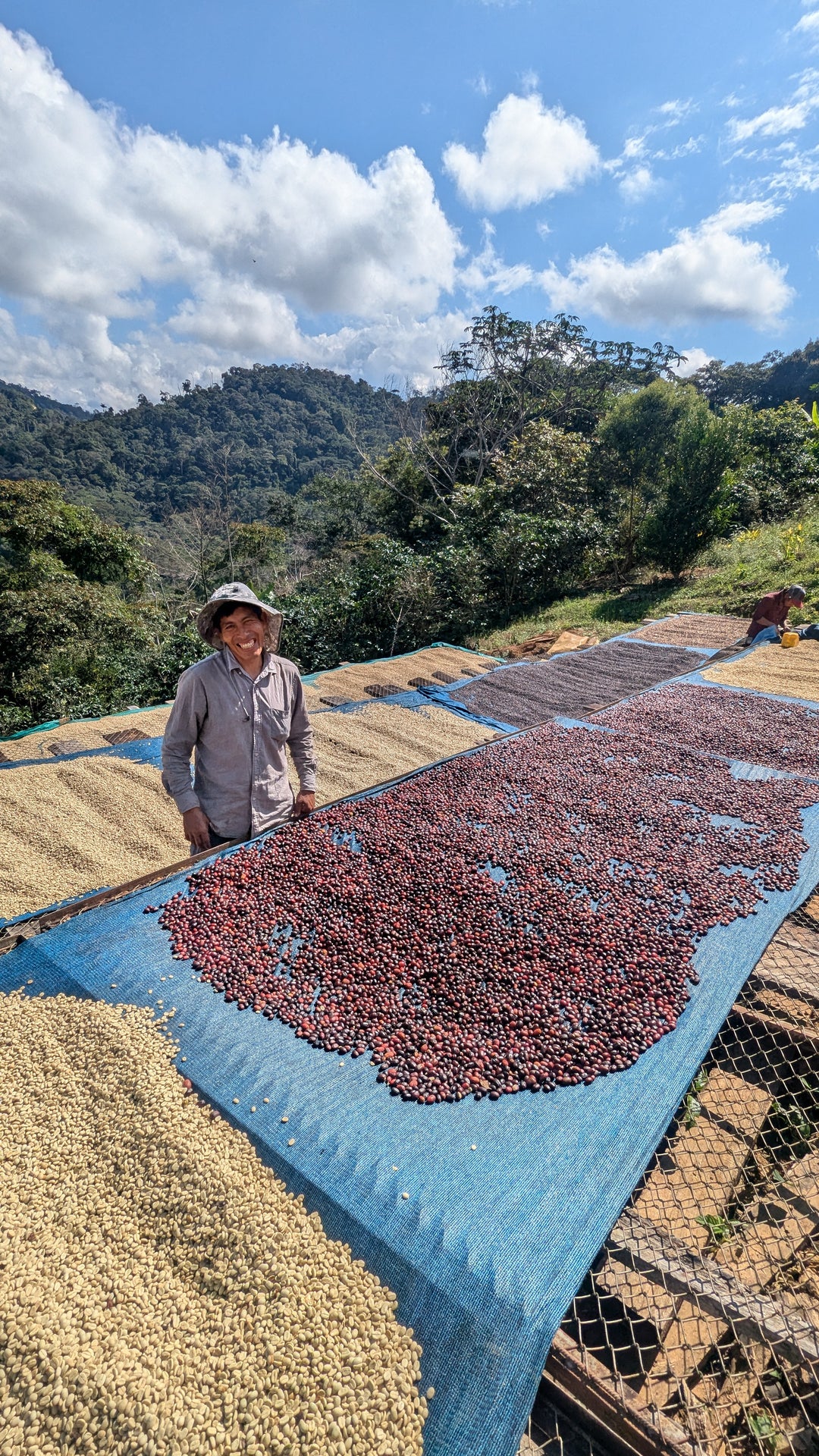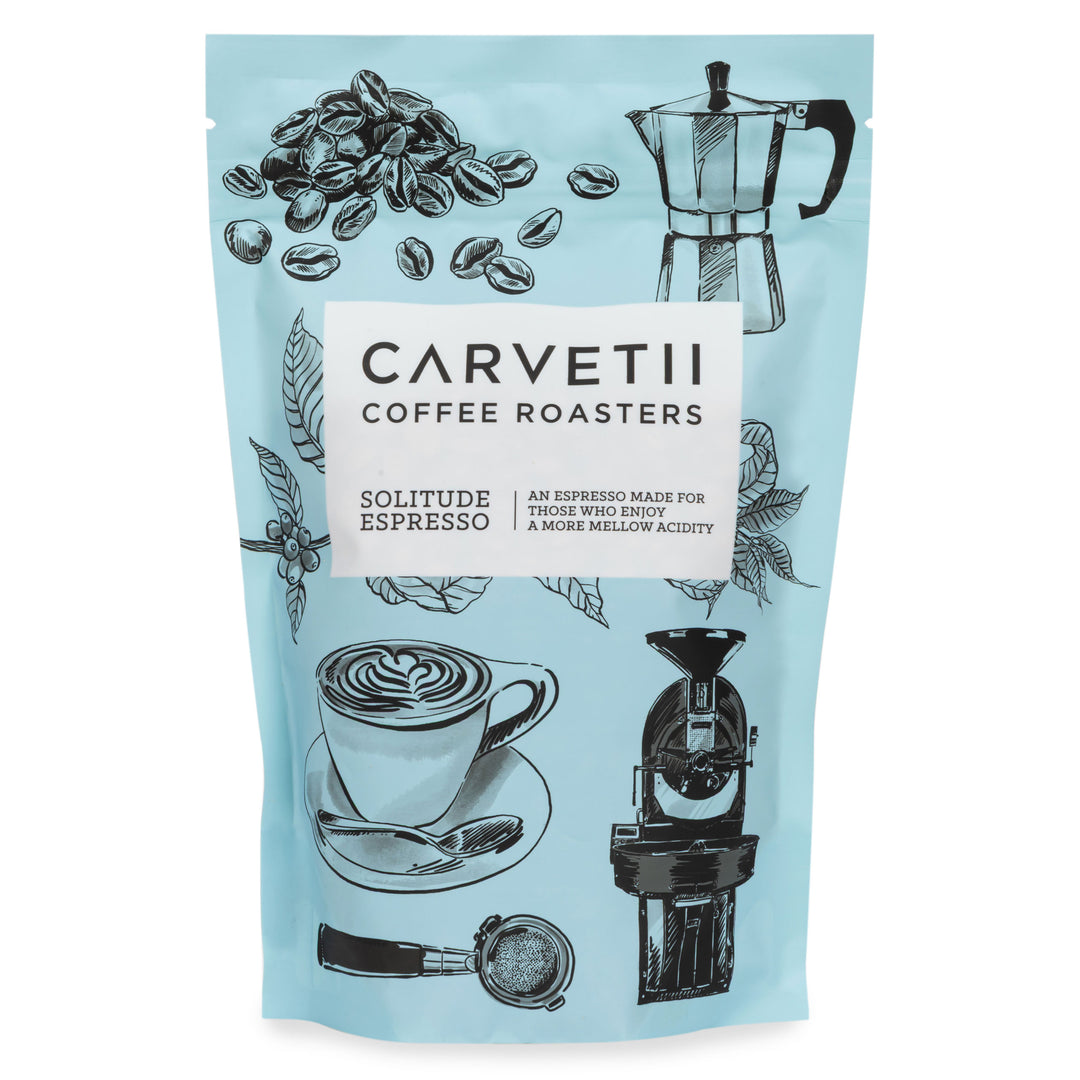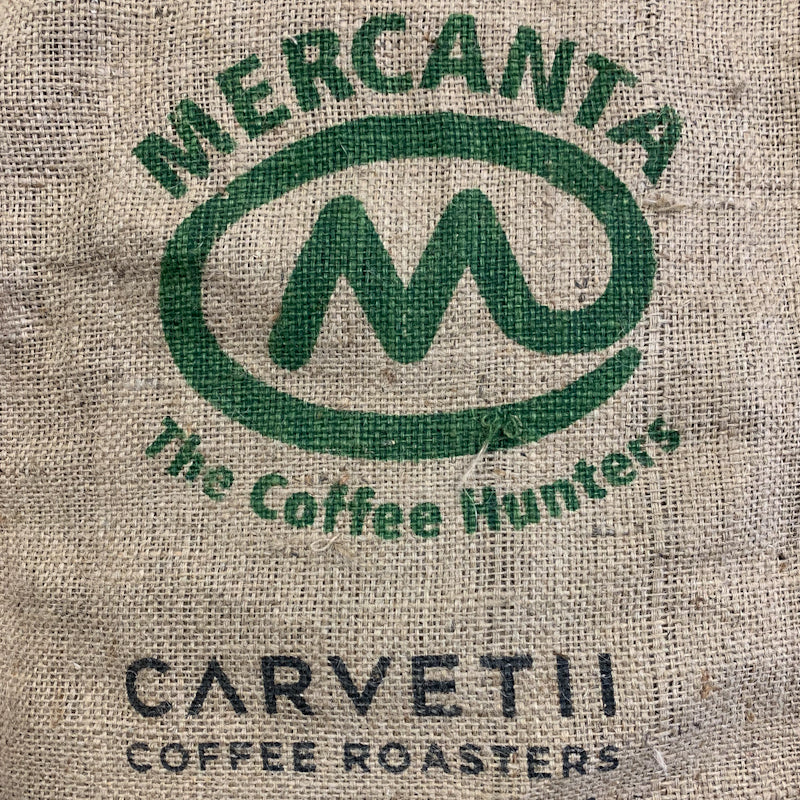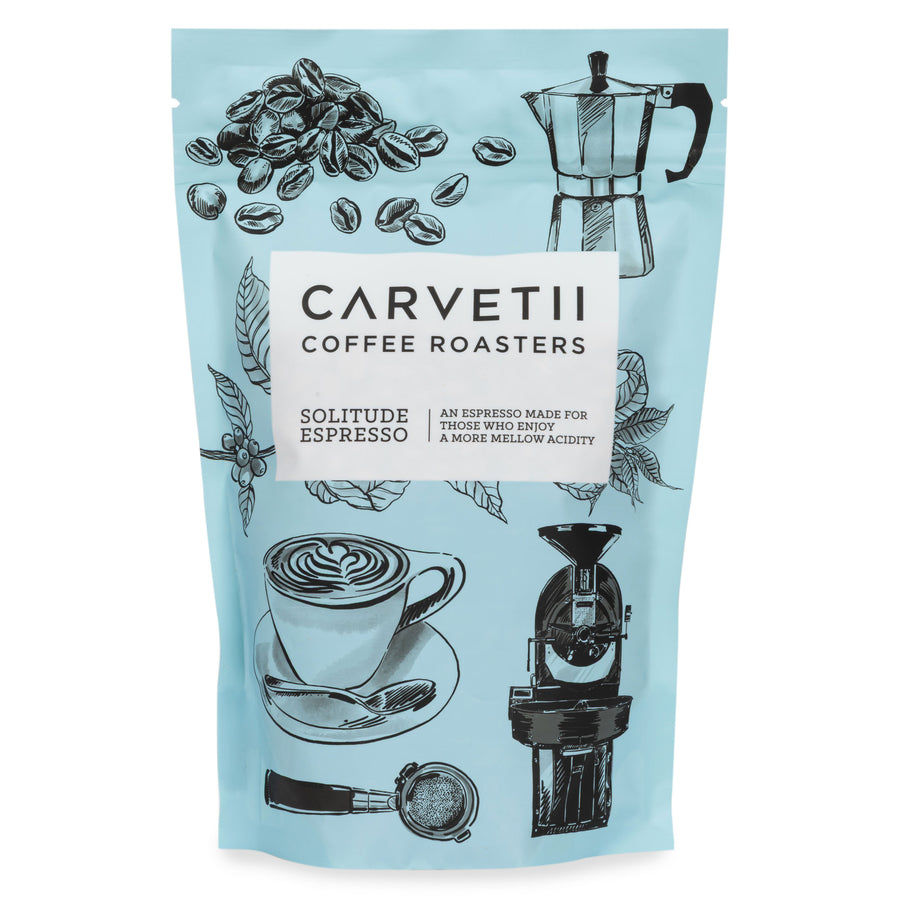Solitude Espresso
Our seasonal espressos each come with their own story, which is part of what makes them so special. Here we take a closer look at the producers behind this coffee.
THE ORIGIN
This specific lot comes from three producers in Uchumachi, one of Bolivia’s oldest coffee-growing regions. In the 1950s and 1960s, sawmills came into this land and constructed roads that later assisted with agricultural production. Coffee production soon took off, reaching its peak in 1990 thanks to the efforts from USAID, which supported coffee development as a part of efforts to eradicate coca plantations. Through this initiative, farmers received essential resources to improve and maintain coffee production.
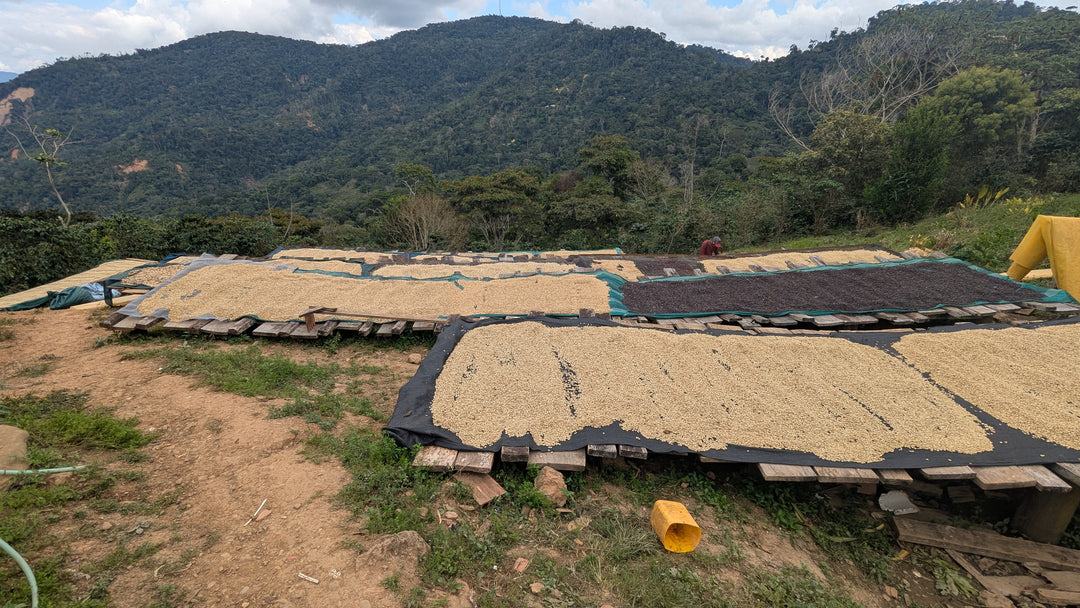
HARVESTING & PROCESSING
This lot is comprised of coffee from three producers in the region, made up of Caturra, Catuaí, and Typica. Each producer utilized the fully washed method to process their coffee. As soon as the coffee is carefully handpicked, the cherries are floated in water to remove any floaters. The cherries remain here for 6 – 8 hours before undergoing a second sorting occurring by hand. Next, the coffee is pulped via machine.
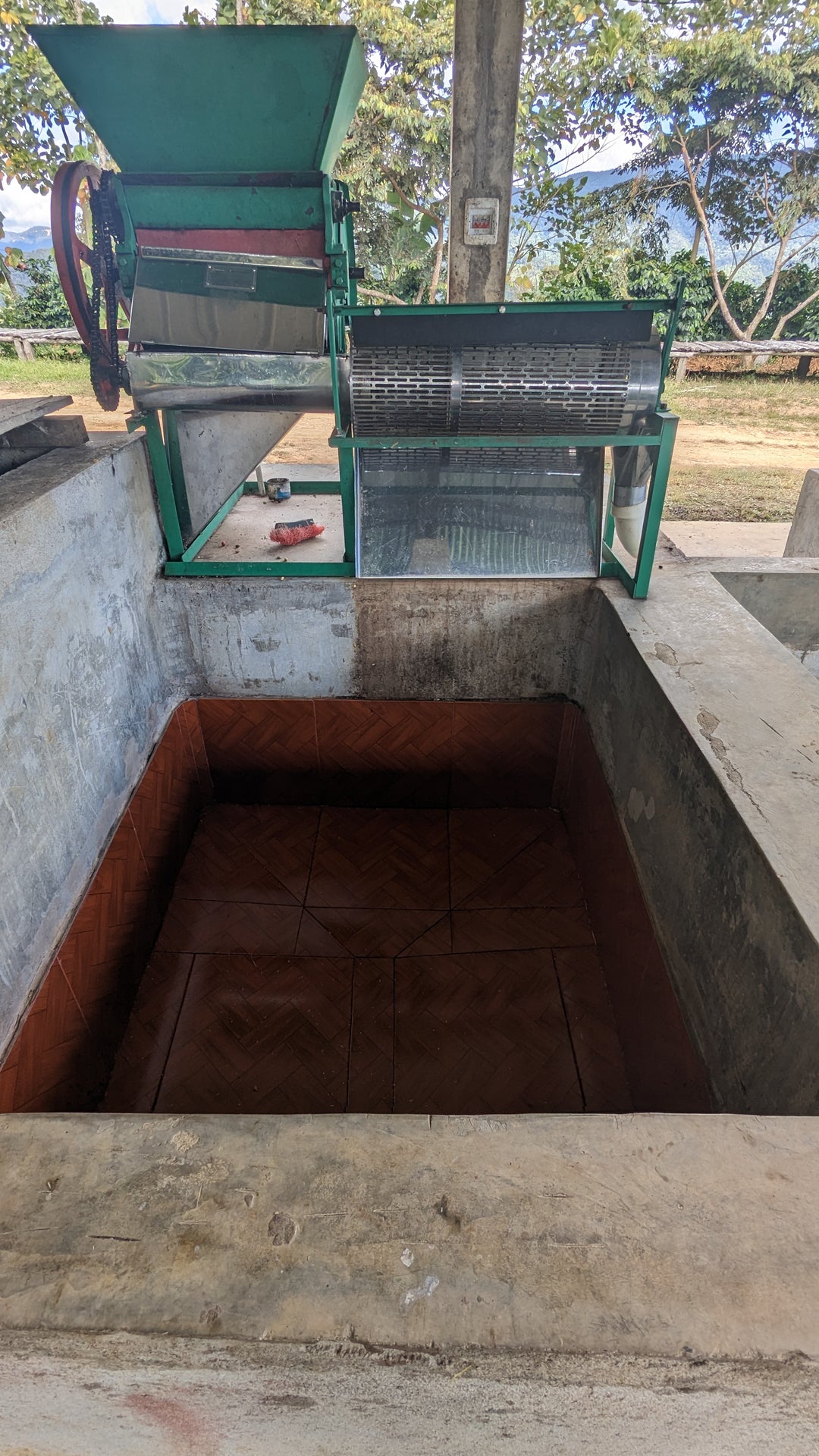
Once the coffee is pulped, it enters a fermentation tank, where it ferments for 12 – 24 hours, depending on weather conditions. After fermentation, the coffee undergoes washing in the "canal de correteo", where all mucilage is cleaned away. The coffee is then dispersed on patios to dry in the open sun for a couple of days. Once this initial drying process is completed, the coffee is transferred to raised beds covered with a tunnel-like structure made of agrofilm, to complete the drying process for an additional 2 – 3 weeks. The coffee is then transferred to the El Alto dry mill, located roughly 8 hours away from the farms, to be hulled and prepared for export.
